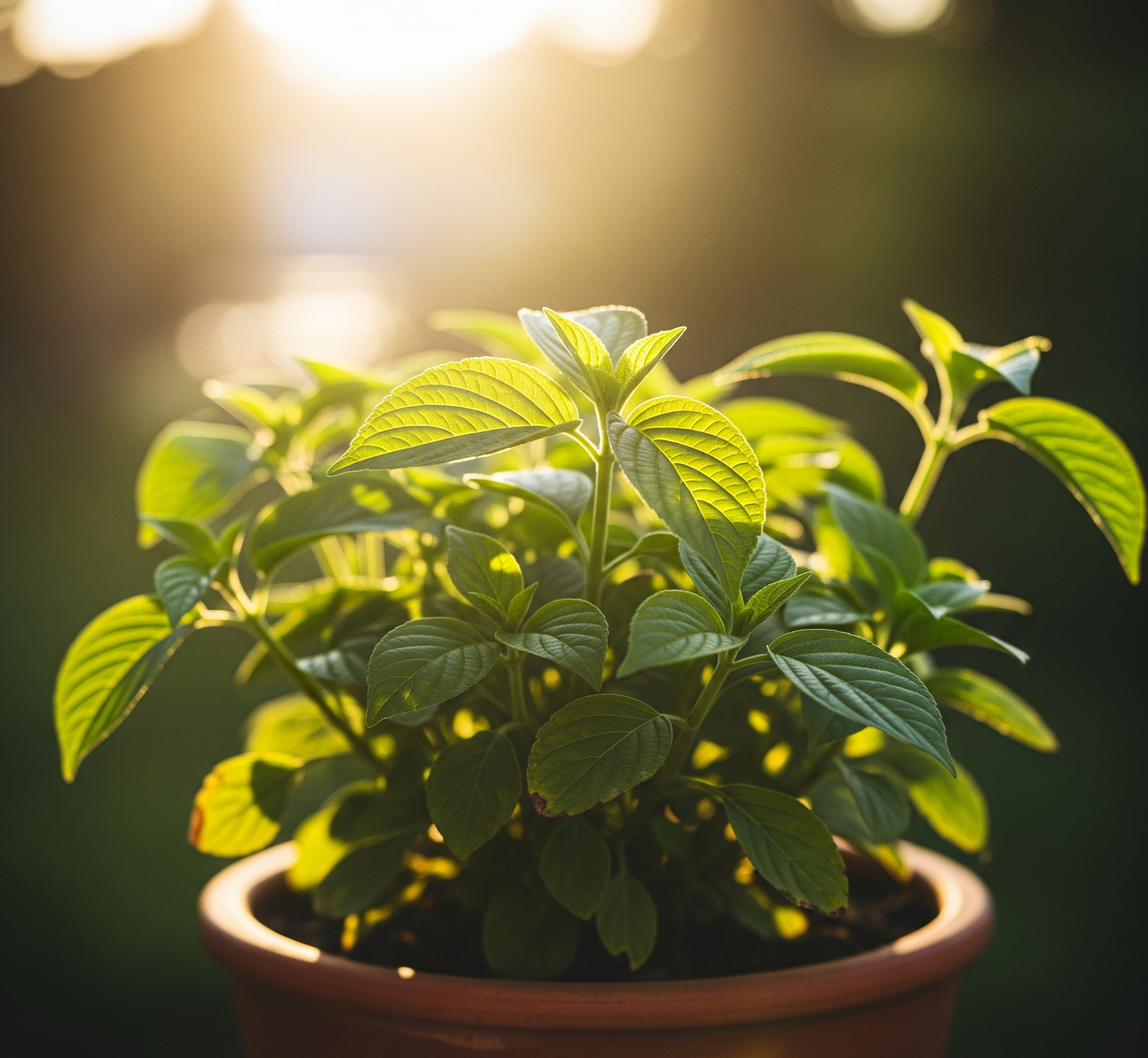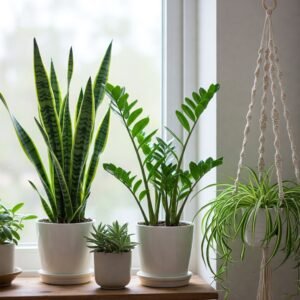How to Grow Microgreens at Home | A Beginner’s Guide
Microgreens are tiny, nutrient-packed plants that you can grow indoors with minimal effort. This guide walks you through everything you need to start growing microgreens at home, from supplies to harvesting, with practical tips to avoid common pitfalls. Let’s dive into the process and get your indoor garden thriving.
What Are Microgreens? Why Grow Them at Home?
Microgreens are young plants, like radish or pea shoots, harvested just after their first leaves appear. They’re loaded with vitamins, minerals, and antioxidants, often containing more nutrients than mature vegetables. Growing them at home is quick—most are ready in 7-14 days—and requires little space, making them ideal for apartments or small kitchens. Plus, you get fresh, home-grown greens to elevate your meals without relying on store-bought options.
Essential Supplies to Grow Microgreens Indoors
To start, gather these supplies:
- Seeds: Choose microgreen-specific seeds like radish, sunflower, or broccoli. Buy from reputable suppliers for better germination rates.
- Trays: Use shallow trays with drainage holes (about 1-2 inches deep) and a solid tray underneath to catch water.
- Growing Medium: Opt for coconut coir, peat moss, or hemp mats. Soil works too but can be messier.
- Spray Bottle: For gentle watering to keep seeds moist without flooding.
- Lighting: A sunny windowsill or affordable LED grow lights (10-20 watts) will do the trick.
- Scissors: Clean, sharp ones for harvesting.
You don’t need fancy gear—recycled containers like takeout trays can work if they’re clean and have drainage.
Choosing the Best Microgreens for Beginners
Some microgreens are easier to grow than others. Start with these:
- Radish: Fast-growing (7-10 days), with a spicy kick.
- Pea Shoots: Ready in 10-14 days, sweet and forgiving if you overwater.
- Sunflower: Takes 10-12 days, with a nutty flavor and sturdy growth.
- Broccoli: Harvest in 8-12 days, mild taste, and packed with nutrients.
Avoid mucilaginous seeds like basil or chia for your first try, as they’re trickier to manage due to their gel-like coating when wet. Check seed packets for “microgreen” labels to ensure quality.
Step-by-Step Guide to Growing Microgreens at Home
Follow these steps to grow vibrant microgreens:
- Prepare the Tray: Fill your tray with a 1-inch layer of growing medium. Lightly moisten it with a spray bottle.
- Sow Seeds: Sprinkle seeds evenly across the surface, aiming for dense but not overlapping coverage. Gently press them into the medium.
- Cover and Germinate: Place a lid or another tray over the seeds to block light for 2-4 days. Keep the medium moist with light misting.
- Expose to Light: Once sprouts appear, remove the cover and place the tray in bright light (windowsill or under grow lights). Aim for 12-16 hours of light daily.
- Water Carefully: Spray or bottom-water (pour water into the lower tray) to keep the medium damp but not soggy.
- Monitor Growth: In 7-14 days, your microgreens will be 1-3 inches tall with their first true leaves.
Patience is key—don’t rush the germination phase, as it sets the stage for healthy growth.
Top Tips to Prevent Mold and Other Common Issues
Mold and weak growth can derail your efforts. Here’s how to avoid them:
- Improve Airflow: Place a small fan near your trays or crack a window to reduce humidity.
- Don’t Overwater: Keep the medium moist, not drenched. Bottom-watering helps prevent excess moisture on leaves.
- Space Seeds Properly: Overcrowding traps moisture and invites mold. Spread seeds evenly.
- Clean Equipment: Wash trays and tools with soap and water between batches to avoid contamination.
- Check Light Levels: Too little light causes spindly, pale greens. Move trays closer to light if they look leggy.
If you spot fuzzy white mold, increase airflow and reduce watering. Toss the batch if it smells bad or looks slimy.
Harvesting Microgreens: When and How to Do It
Harvest when microgreens are 1-3 inches tall and have their first true leaves (not just seed leaves), usually 7-14 days after sowing. Here’s how:
- Use clean scissors to cut stems just above the growing medium.
- Harvest in the morning when plants are freshest.
- Rinse gently in cold water and pat dry with a clean towel.
- Store in a sealed container with a paper towel to absorb moisture. They’ll stay fresh in the fridge for 5-7 days.
Don’t reuse the growing medium, as it’s depleted of nutrients and may harbor mold. Start fresh for each batch.
Creative Ways to Use Your Home-Grown Microgreens
Microgreens add flavor and nutrition to meals. Try these ideas:
- Toss radish or broccoli microgreens into salads for a peppery or mild crunch.
- Blend pea shoots into smoothies for a fresh, green boost.
- Garnish soups or sandwiches with sunflower microgreens for a nutty touch.
- Sprinkle over avocado toast or scrambled eggs for color and flavor.
- Mix into stir-fries at the last second to preserve their texture.
Experiment with small amounts to find your favorite combos—they’re versatile and elevate simple dishes.
FAQs: Your Microgreens Questions Answered
Can you regrow microgreens after harvesting?
No, most microgreens don’t regrow after cutting, as you harvest above the root. Sow new seeds for the next batch.
What’s the best lighting for indoor microgreens?
LED grow lights (10-20 watts, full-spectrum) or a south-facing windowsill with 6-8 hours of sunlight work well.
How do I prevent mold when growing microgreens?
Ensure good airflow, avoid overwatering, and space seeds evenly. A small fan can help keep humidity in check.
Which microgreens are easiest for beginners?
Radish, pea shoots, sunflower, and broccoli are fast-growing and low-maintenance, perfect for first-timers.
Growing microgreens at home is a simple way to enjoy fresh, nutrient-rich greens year-round. With the right setup and a bit of care, you’ll have a steady supply to enhance your meals. Start small, experiment with varieties, and enjoy the process of nurturing your indoor garden.













